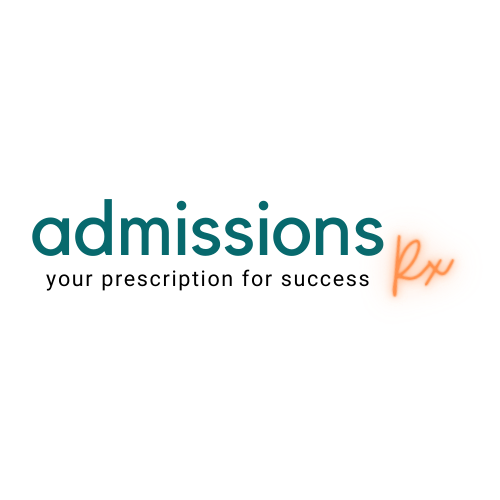Medical school mission statements and the AAMC Mission in Action Project
How many times have I heard that all the mission statements for medical schools start to sound the same? Students struggle to distinguish schools based on their mission statements alone.
Several medical schools are working with the Association of American Medical Colleges (AAMC), on the Mission in Action pilot project to enhance their mission statements included in MSAR profiles.
A select group of schools have augmented their mission statements to describe how it informs their curriculum, student life, admissions practices, and graduates’ career choices.
They answered the following questions:
How has your school’s mission informed the structure and content of the curriculum?
How does your school’s mission impact student life and support services?
How does your school’s mission influence admissions practices and priorities?
How is your school’s mission reflected in the professional activities of its graduates?
The participating schools include:
Boston University School of Medicine
Georgetown University School of Medicine
The University of North Carolina at Chapel Hill School of Medicine
University of Florida College of Medicine
Washington University in St. Louis School of Medicine
The University of Texas at Austin Dell Medical School
University of Illinois College of Medicine
Washington State University Elson S. Floyd College of Medicine
The AAMC is asking for feedback on these expanded mission statements in order to decide if they will expand the project. You can provide feedback on this survey.
Here is an example of Boston University’s expanded mission statement:
Mission
Mission statement
Boston University School of Medicine is dedicated to the educational, intellectual, professional, and personal development of a diverse group of exceptional students, trainees, and faculty who are deeply committed to the study and to the practice of medicine, to biomedical research, and to the health of the public. We, as a community, place great value on excellence, integrity, service, social justice, collegiality, equality of opportunity, and interdisciplinary collaboration.
BUSM is a social justice medical school. This emphasis on social justice is evident in our curriculum and extra-curricular activities for students, in our faculty’s areas of research and expertise, and in the patients we take care of.
Curriculum and Student Activities
Our curriculum was updated several years ago to emphasize patient context and social determinants of health. In the classroom, our patients are never simply a patient with a disease, they are a person with a family who lives in a specific place and does a certain type of work…in the clinical setting, our students learn to address each patient’s upstream health needs as well as their acute medical needs; because we’ve learned that the best medical care in the world will fail to make patients healthier if they still lack food, housing, etc. Outside the classroom, our students’ most common activity is to participate in some of the 17 or so service learning groups, which range from the “Outreach Van” street medicine initiative to the “Teen and Tot” facilitated support group for young parents to the Socially Responsible Surgery Club which allows students to visit surgical patients pre-discharge to ensure their understanding of their surgical problem and procedure and plan for follow-up.
Faculty Research and Expertise
A unique feature of our social justice medical school is that we are in the context of a Tier 1 research university. While our research enterprise is very broad, you see the social justice mission thriving there as well. Examples include the Grayken Center for Addiction, which supports research, education and treatment in addition medicine, in the Health/Care Disparities Research Program within internal medicine, and the Boston SOAR (Surgical Outcomes Analysis and Research) which investigates inequalities in surgical care. 85% of our medical students engage in Research during their time at BUSM.
Patient Population
BUSM’s primary teaching hospital is Boston Medical Center, which serves a primarily underserved and extraordinarily diverse patient population. More than half of our patients are from vulnerable populations who rely on Medicaid and/or medicare for their health insurance; and 32% don’t speak English as their primary language. Through our 12 affiliated neighborhood health centers, we reach deep into the communities of Boston to find the patients that need us the most. Read Less
General information
Our tradition of social justice and focusing on patients go back a long way. The New England Female Medical College was founded in 1848 as the first institution in the United States to offer medical education to women. In 1873 Boston University acquired the buildings and endowment and the school name was changed to Boston University School of Medicine (BUSM). This school was one of the first to connect the study of medicine with the care of patients, integrating clinical practice, education, and research. Boston Medical Center, our primary teaching hospital, is combined with 12 neighborhood health centers (Boston HealthNet) to ensure "Exeptional Care Without Exception". BUSM and BMC have strong cultural and institutional commitments to serving all members of our society, and these commitments are apparent in our clinical, educational, and research programs.
